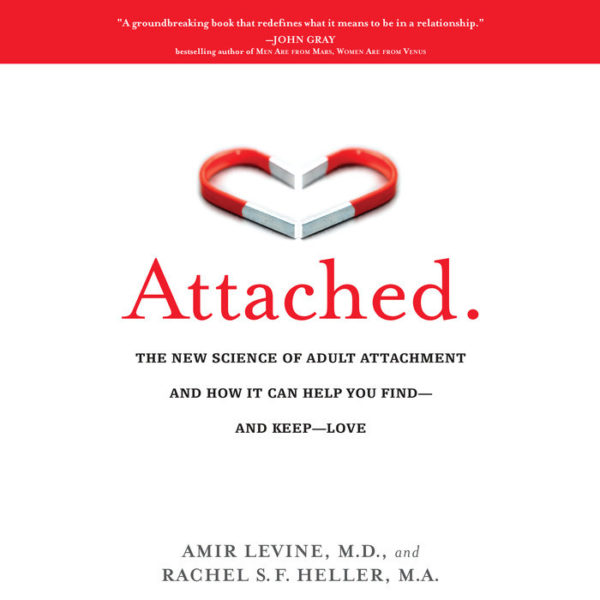Summary
Have you ever wondered by certain people are anxious in relationships while others pull back whenever they get too close? It’s not a coincidence that people exhibit these types of behaviors. In psychology, there is a concept of “attachment styles” which describe how people are attached to each other. In Attached, professionals researched the idea of attachment styles in adult relationships and found that there are three main ones: secure, anxious and avoidant. This research originally began with mother-infant bonding but there has been research that shows it can and does apply in adult relationships too. Although most of these attachment styles can stem from your childhood, it’s been shown that you can learn techniques from various attachment styles to improve your own relationships. Attached outlines the three adult attachment styles, how to identify yours and your partner’s and how to make the most out of your relationship or your journey to find love.
Review
Something I thought was interesting about this book was the generalization of attachment styles. It made it seem like you have to be 100% one of the three attachment styles. Overall, I feel that I have a secure attachment style but I have been in relationships in the past where I have swayed towards avoidant or anxious. It could depend on the point you are in your life, the person you’re with or specific conflict you’re facing. I think that age and maturity has a lot to do with it. When you’re 19 years old and starting to date, it’s probably easier for people to feel that they are avoidant rather than someone who is 31 years old and looking to settle down.
Research in this book shows that there is no correct or incorrect way to have an attachment style but that secure relationships tend to be the happiest. It does not mean that you cannot be happy if you have an anxious or avoidant attachment style. It just means it is something that you need to become conscious of and communicate to your partner so that you can communicate and fulfill each other’s needs. Researchers found that the least happy combination was an anxious-avoidant couple – the anxious partner will seem “needy” to the avoidant partner thus making the avoidant partner pull back. It’s a vicious negative feedback loop that ends up hurting both people. If you realize that you are in an anxious-avoidant couple, try communicating to your partner about your needs in a calm and collected way to hear them out. All it takes during conflict sometimes is taking a step back and hearing what your partner has to say.
The main takeaway from this book is that you want to have healthy habits in a relationship, and it outlines strategies for how you can have that. But take it all with a grain of salt – most people feel anxiety at some point during a new relationship. It doesn’t mean you have an anxious attachment style. Sometimes, you might feel that you need space from your partner. That doesn’t mean you have an avoidant attachment style. As long as you are self-aware about your habits, communication styles and have open conversations with your partner, you’ll be juuust fine. Come back tomorrow where I’ll have an article to learn more about each attachment style!



Pingback: What Is Your Relationship Attachment Style? | Feminist Book Club